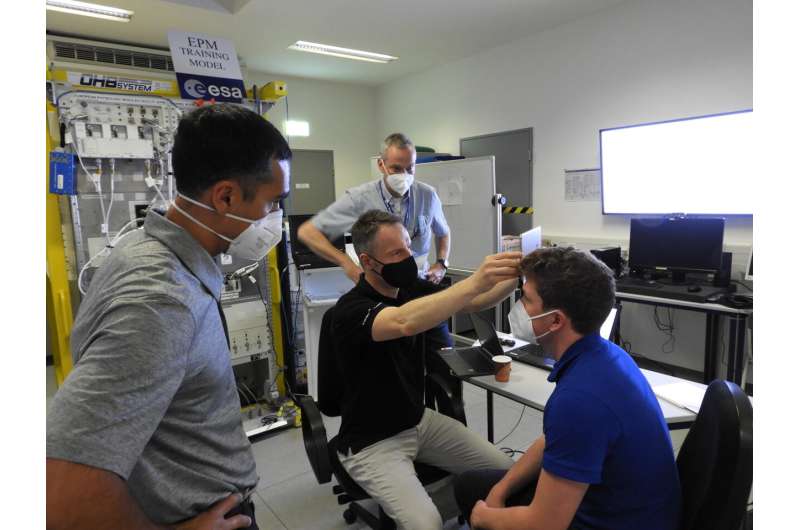FAST detects coherent interstellar magnetic field with a technique conceived at Arecibo
Friday, 07 January 2022 06:30 Magnetic fields are the essential, but often "secret" ingredients of the interstellar medium and the process of making stars. The secrecy shrouding interstellar magnetic fields can be attributed to the lack of experimental probes.
While Michael Faraday was already probing the link between magnetism and electricity with coils in the early 19th century in the basement of the Royal Institutio
Magnetic fields are the essential, but often "secret" ingredients of the interstellar medium and the process of making stars. The secrecy shrouding interstellar magnetic fields can be attributed to the lack of experimental probes.
While Michael Faraday was already probing the link between magnetism and electricity with coils in the early 19th century in the basement of the Royal Institutio SwRI scientist helps simulate how our solar system formed from rings
Friday, 07 January 2022 06:30 A Southwest Research Institute scientist contributed to a new solar system formation model that explains the existing inner planetary distribution and the asteroid belt between the inner and outer solar system. SwRI's Dr. Rogerio Deienno, who specializes in celestial mechanics and dynamical astronomy, and his colleagues developed a model where three rings of planetesimals, the building blocks fo
A Southwest Research Institute scientist contributed to a new solar system formation model that explains the existing inner planetary distribution and the asteroid belt between the inner and outer solar system. SwRI's Dr. Rogerio Deienno, who specializes in celestial mechanics and dynamical astronomy, and his colleagues developed a model where three rings of planetesimals, the building blocks fo Space debris expert warns U.S. ‘woefully behind’ in efforts to clean up junk in orbit
Friday, 07 January 2022 00:51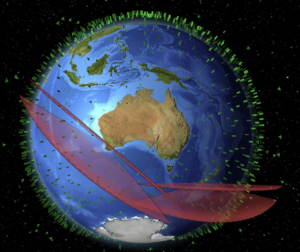
The United States is a space superpower but is not doing as much as other nations to solve the problem of orbital debris, an industry expert said Jan. 6.
SpaceX kicks off 2022 with Starlink launch
Thursday, 06 January 2022 23:08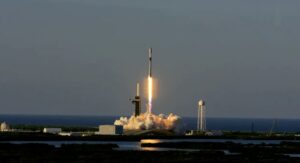
After setting a record for launch activity in 2021, SpaceX started 2022 with the Falcon 9 launch of a set of Starlink satellites Jan. 6.
Space Force to use navigation data from LEO constellations to detect electronic interference
Thursday, 06 January 2022 21:14
Under a $2 million contract from the U.S. Space Force, Slingshot Aerospace will develop an analytics tool that uses location data from commercial satellites in low Earth orbit to identify potential sources of electronic interference on the ground.
NASA to Host Coverage, Briefing for Webb Telescope’s Final Unfolding
Thursday, 06 January 2022 20:24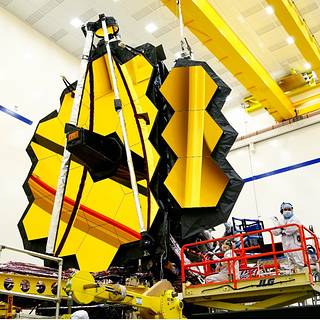 NASA will provide live coverage and host a media briefing Saturday, Jan. 8, for the conclusion of the James Webb Space Telescope’s major spacecraft deployments.
NASA will provide live coverage and host a media briefing Saturday, Jan. 8, for the conclusion of the James Webb Space Telescope’s major spacecraft deployments. Sending tardigrades to the stars
Thursday, 06 January 2022 16:31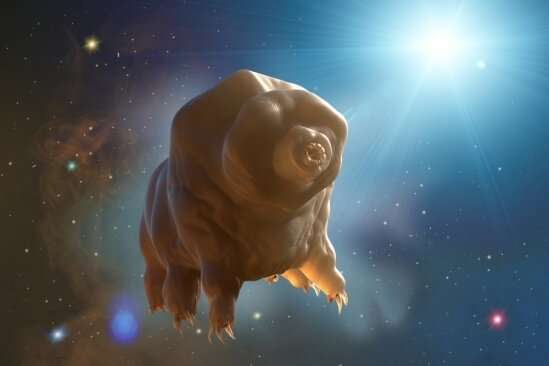
No longer solely in the realm of science fiction, the possibility of interstellar travel has appeared, tantalizingly, on the horizon. Although we may not see it in our lifetimes—at least not some real version of the fictional warp-speeding, hyperdriving, space-folding sort—we are having early conversations of how life could escape the tether of our solar system, using technology that is within reach.
For UC Santa Barbara professors Philip Lubin and Joel Rothman, it's a great time to be alive. Born of a generation that saw breathtaking advances in space exploration, they carry the unbridled optimism and creative spark of the early Space Age, when humans first found they could leave the Earth.
"The Apollo moon voyages were among the most momentous events in my life and contemplating them still blows my mind," said Rothman, a distinguished professor in the Department of Molecular, Cellular and Developmental Biology, and a self-admitted "space geek."
A mere 50 years have passed since that pivotal era, but humanity's knowledge of space and the technology to explore it have improved immensely, enough for Rothman to join experimental cosmologist Lubin in considering what it would take for living beings to embark on a journey across the vast distance separating us from our nearest neighbor in the galaxy.
Loft Orbital orders more LeoStella satellite buses
Thursday, 06 January 2022 16:20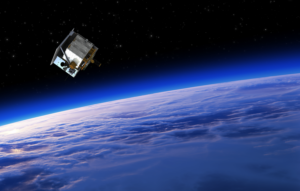
Condosat operator Loft Orbital has ordered another batch of small satellite buses from LeoStella after securing undisclosed customers looking to fly payloads in 2023.
Asteroids, the moon and Mars: Space missions to look forward to in 2022
Thursday, 06 January 2022 13:07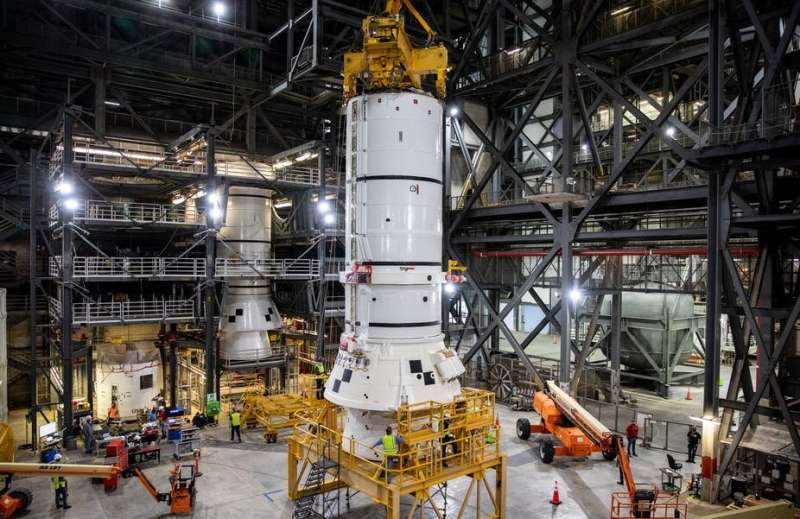
Astronomers ended 2021 on a high with the launch on December 25 of the James Webb Space Telescope, a joint mission between the European Space Agency, Nasa and the Canadian Space Agency. It was a relief to hear that the precision drives that opened up the complex sunshield, which is about the size of a tennis court, worked perfectly.
The telescope is now on the way to its destination, 1.5 million kilometers away from Earth, where it will begin a series of tests once it arrives in late January. If the mission goes to plan, we can expect to start receiving images from the telescope in mid-2022.
But what else lies in store for space science this year? Here are a few missions to watch out for.
Hubble passes 1-billion-second mark
Thursday, 06 January 2022 13:06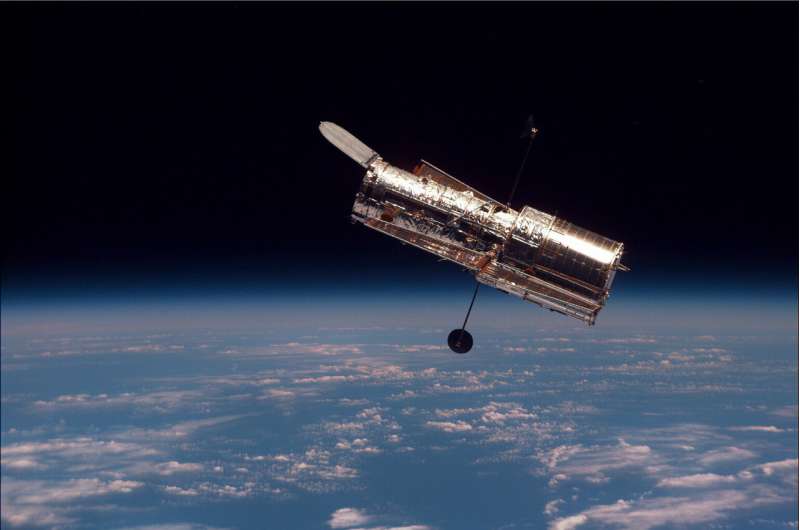
On Jan. 1, 2022, NASA's Hubble Space Telescope officially passed the one-billion second mark.
Hubble was deployed from the Space Shuttle Discovery's cargo bay on April 25, 1990, making it one-billion seconds (over 31 years) since Hubble began operating. For more than three decades, Hubble has provided us with groundbreaking scientific discoveries and iconic images of space.
Hubble's first one-billion seconds included five astronaut servicing missions to replace and repair components of the telescope, and more than 1.5 million scientific observations and counting. We can only imagine what discoveries the next one-billion seconds will bring as new telescopes like the recently launched James Webb Space Telescope and the future Nancy Grace Roman Space Telescope build upon Hubble's discoveries and work together with Hubble to expand our understanding of the universe.
Explore further
NASA releases autonomous flight termination unit software to industry
Thursday, 06 January 2022 12:28 NASA has provided an advance release of its NASA Autonomous Flight Termination Unit (NAFTU) software code to the launch industry, a critical milestone toward the final certification of NAFTU, which is on-track for February 2022.
NAFTU is a game-changing command and control system available to launch vehicle providers for use at all U.S. launch ranges in ensuring public safety during launch
NASA has provided an advance release of its NASA Autonomous Flight Termination Unit (NAFTU) software code to the launch industry, a critical milestone toward the final certification of NAFTU, which is on-track for February 2022.
NAFTU is a game-changing command and control system available to launch vehicle providers for use at all U.S. launch ranges in ensuring public safety during launch Earth isn't 'super' because the Sun had rings before planets
Thursday, 06 January 2022 12:28 Before the solar system had planets, the sun had rings - bands of dust and gas similar to Saturn's rings - that likely played a role in Earth's formation, according to a new study. "In the solar system, something happened to prevent the Earth from growing to become a much larger type of terrestrial planet called a super-Earth ," said Rice University astrophysicist Andre Izidoro, referring to the
Before the solar system had planets, the sun had rings - bands of dust and gas similar to Saturn's rings - that likely played a role in Earth's formation, according to a new study. "In the solar system, something happened to prevent the Earth from growing to become a much larger type of terrestrial planet called a super-Earth ," said Rice University astrophysicist Andre Izidoro, referring to the Webb Secondary Mirror Deployment Confirmed
Thursday, 06 January 2022 12:28 The Webb teams has deployed the observatory's secondary mirror support structure. When light from the distant universe hits Webb's iconic 18 gold primary mirrors, it will reflect off and hit the smaller, 2.4-foot (.74-meter) secondary mirror, which will direct the light into its instruments.
The secondary mirror is supported by three lightweight deployable struts that are each almost 25 fe
The Webb teams has deployed the observatory's secondary mirror support structure. When light from the distant universe hits Webb's iconic 18 gold primary mirrors, it will reflect off and hit the smaller, 2.4-foot (.74-meter) secondary mirror, which will direct the light into its instruments.
The secondary mirror is supported by three lightweight deployable struts that are each almost 25 fe Rogozin says Baikonur security strengthened amid Kazakhstan protests
Thursday, 06 January 2022 12:28 The Russian forces have strengthened armed protection over the Baikonur Cosmodrome's key objects amid rallies in Kazakhstan, Russian State Space Corporation Roscosmos Head Dmitry Rogozin said on Wednesday.
Rogozin noted that the situation at the Baikonur Cosmodrome is calm as "Roscosmos' branches, law enforcement bodies, city services and organizations are working in the routine mode."
The Russian forces have strengthened armed protection over the Baikonur Cosmodrome's key objects amid rallies in Kazakhstan, Russian State Space Corporation Roscosmos Head Dmitry Rogozin said on Wednesday.
Rogozin noted that the situation at the Baikonur Cosmodrome is calm as "Roscosmos' branches, law enforcement bodies, city services and organizations are working in the routine mode." 

